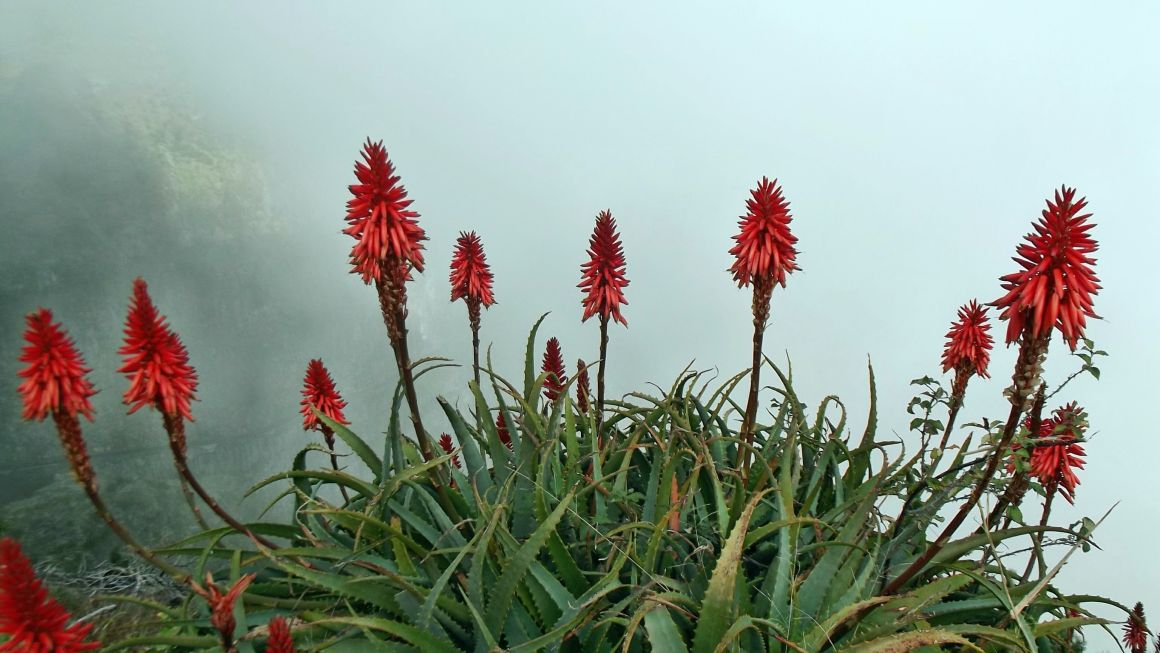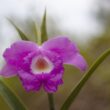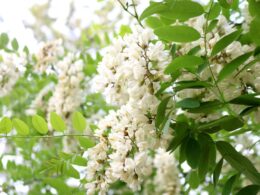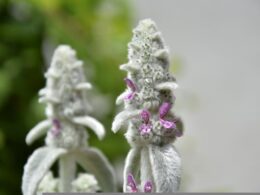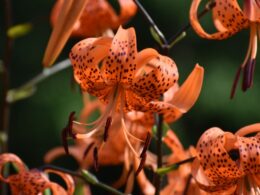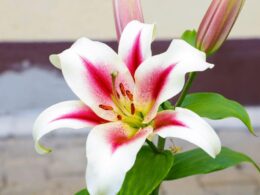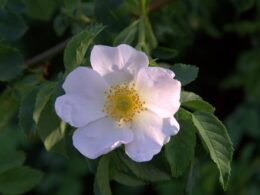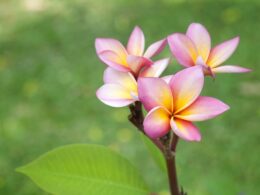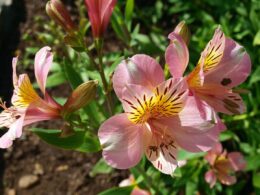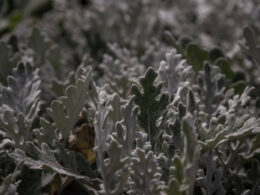What Is Aloe Vera? Species, Origin and Characteristics
Before we talk about making your aloe vera flower, let’s introduce the species. Aloe vera is a member of the genus Aloe in the Asphodelaceae family of flowering plants. It originates from the Arabian Peninsula. Currently, it grows all over the world in tropical, semi-tropical, and arid climates. This corresponds to USDA hardiness zones 8 to 11.
Aloe is a succulent plant (similarly to cactus) with thick, fleshy leaves that store water. The leaves are slightly toothed and have a gel-like substance inside them. This gel is used in many beauty products as it is known to have soothing properties.
Aloe vera plants can grow up to two feet tall and produce yellow, orange or red flowers. Their blooms are vertical and have thick petals forming a cone-like shape. There are over 400 species of aloe, but only a few are commonly used for their medicinal properties. The species aloe vera is also a popular houseplant.
When and How Long Does Aloe Vera Flower?
Typically, aloe vera flowers from early spring to late summer. The plant needs to be large enough to bloom, and if it’s grown indoors, it will start budding in the winter. The exact bloom time depends on your climate, the aloe variety, and other factors. What’s certain is that it happens once a year, and the flowers will dry and drop after 2-3 months.
To encourage your aloe vera plant to flower, you need to mimic its natural environment as closely as possible. Keep reading to learn about the ideal conditions and tricks you can use!
How to Make Your Aloe Vera Flower? Blooming Conditions
As we’ve mentioned, aloe vera is a succulent plant that’s used to hot, dry conditions. If you want it to bloom, you need to provide similar conditions. Here are some things to keep in mind.
Maturity
Your aloe vera plant needs to be fully mature to flower, which usually means it has to be at least 4 years old. To tell if your plant is ready, look at its leaves – do you see a rosette, or fat stems stretching out of the center? It should be the latter.
Light
Aloe vera needs a lot of bright, direct sunlight to flower. If you’re growing it indoors, place it in front of a sunny window. Better yet, move it to different windows throughout the day so that it catches as much sun as possible.
Outdoors, make sure it gets at least six hours of full sun per day. If it’s been growing in a shady spot, move it to a sunnier one gradually, as sudden changes can damage the plant.
Temperature
The optimal temperature to encourage aloe vera flowers are 70 to 85 degrees Fahrenheit during the day and at least 60 degrees at night. If it gets too cold, the plant will go into dormancy and won’t bloom. If you’re growing aloe vera outdoors, make sure to move it indoors when the temperatures drop below those ranges.
Fertilizer
To encourage blooming, you can use a balanced fertilizer once in early spring and again in mid-summer. After applying the fertilizer, water the plant to flush out excess salts. Avoid using high-phosphorus formulas, as high concentrations of this mineral can damage aloe vera plants.
Container Size
Aloe vera flowers easier in small containers. When the plant is pot-bound, its roots start to crowd, which stresses the aloe and encourages it to flower. A good rule of thumb is to give your plant 1 to 1½ inches of space at the edge of the pot, and no more than that.
Do Aloe Vera Flowers Have Any Uses or Benefits?
Aloe vera leaves have widely known benefits and uses. The most well-known is its use in aloe vera gel, which is said to have soothing properties. The gel can be extracted from the plant and used topically or consumed orally. But what about aloe vera flowers?
They’re said to have anti-inflammatory and wound-healing properties. They contain high levels of antioxidants and vitamin A. For that reason, some people use the flowers to make aloe vera tea. To do this, you can steep a teaspoon of dried flowers in hot water for several minutes and add a teaspoon of aloe vera gel.
Other than that, they make good decorations and can be used in arrangements. If you want to dry aloe vera flowers, cut them when they’re just starting to open and hang them upside down in a cool, dark place.
Does All Aloe Vera Flower?
Given the right conditions, every aloe vera plant will flower. However, some aloe hybrids have been bred to not flower or to have sterile flowers. These are usually grown for their ornamental value and don’t have the same health benefits as plants that produce seeds.
Many plant enthusiasts have been growing aloe for years and never seen it bloom. That’s because it takes a lot of patience. Aloe vera plants can live for years without flowering, and it’s not always easy to provide them with the ideal conditions. But if you want to see aloe vera flowers for yourself, follow the tips in this article and be patient! With a little luck, your plant will bloom in no time.
Conclusion: Aloe Vera Flowers in the Right Conditions
With the right conditions and care, you can get your aloe vera plant to bloom indoors. The flowers have some benefits and uses, but they’re also pretty to look at! Just be patient, as it can take years for aloe vera plants to flower. Do you have any other tips for getting aloe vera to bloom? Let us know in the comments!





